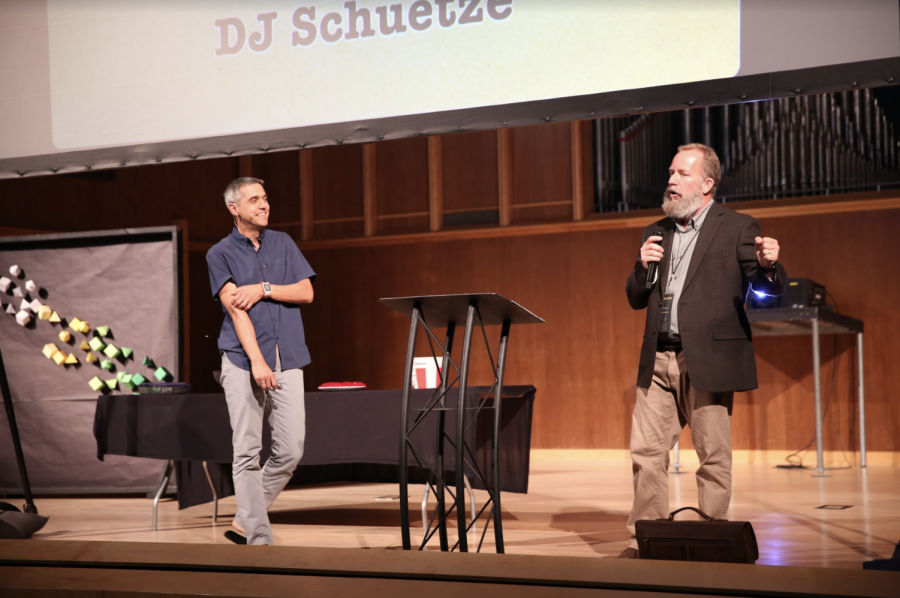Lydia Rankin first realized she could dance in elementary school. Alone in her room, she would blast Radio Disney and move like no one was watching. At an end of the year party in fifth grade, she felt disappointed when she didn’t see any of her peers on the dance floor. Without thinking about it, she danced solo.
That night, she discovered that dancing held her true joy.
WORSHIPPING THROUGH DANCE
Eventually, movement danced its way into Rankin’s heart during worship. Growing up attending a primarily black church, dancing was a staple in the worship service. When her family migrated to a primarily white church, the dancing stopped. During this time, Rankin not only realized her love of movement, but her need to move.
“I felt like just singing the words wasn’t enough. It didn’t capture how I felt,” said Rankin.
Upon coming to Biola, Rankin began to move more during worship. She made up her own sign language where she would simply move her hands as the worship team played, but it got to the point where she could not keep still anymore. With everything the Lord was doing in her life, she felt the need to express herself more fully.
One night at Singspiration her freshman year, she moved from the center of the gym where most of the crowd dances to the side of the gym, leaving her more room to dance. Doing this made her feel like she could physically express what God was doing in her life more than words could.
“For me, dancing became spiritual. When I think about worship, I automatically think about dance,” Rankin shared.
FREEDOM IN EXPRESSION
Not everyone views dancing the way Rankin does, however. One night, she was approached by a peer and scolded for her form of worship. This person claimed that Rankin was a distraction to others trying to concentrate on their worship.
“Well, that’s stupid. What are they going to do when we are all in heaven and everyone is worshipping God in different forms…are [they] going to let it be a distraction or are [they] going to allow it to move [them] to a different form of worship?” Rankin said.
She explained that in dance worship, the dancer is like a worship leader. Rather than leading the congregation vocally, the dancer leads the audience in an expression.
Rankin’s hope and prayer for Biola students is that her dancing will make them feel free to express themselves emotionally before God. She regrets that so many times worship becomes about what other people think instead of about God, which creates a self-conscious environment.
People often approach Rankin after worship to express their wish to join in her dancing. Her response is always, “Well, why don’t you? There are a lot of people singing right now who are not good at singing, but that’s not stopping them.”






